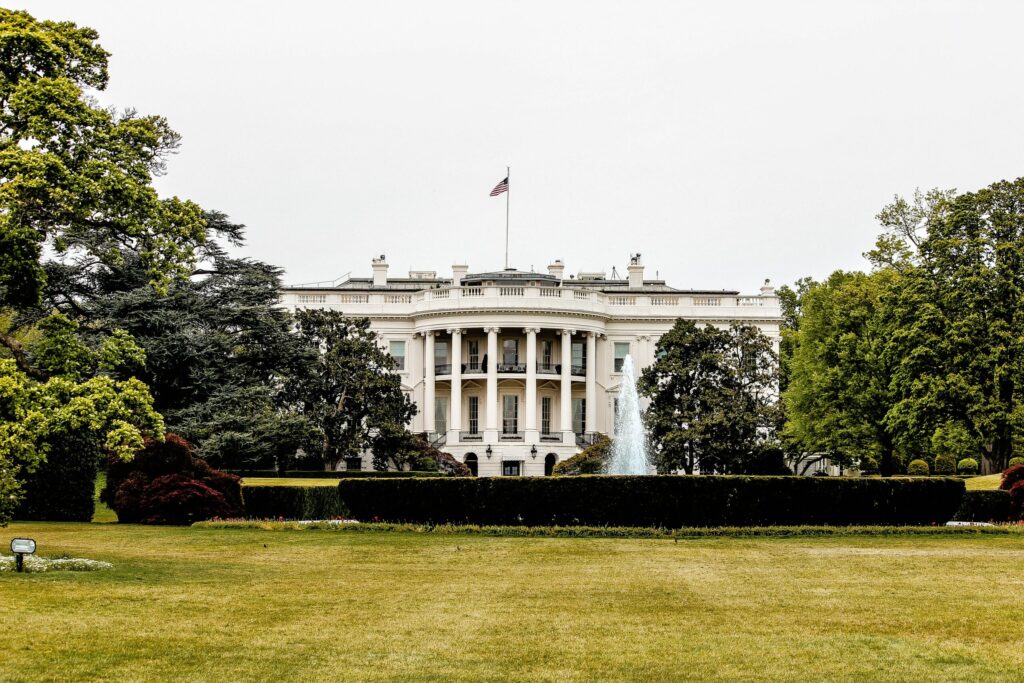Biden’s executive order is the first real move in the long drive to bring cryptocurrency into the regulated financial system.
When the Biden administration first announced its executive order in March, it was met with broad approval. The President has gone from being a major crypto-skeptic to at least willing to embrace cryptocurrency’s possibilities.
However, politicians often talk big and then don’t act on it, so let’s dive into what Biden’s executive order signals for the future of cryptocurrency in the US.
The Executive Order Itself Contained Little New Information
If you read the jargon of the order, it looks remarkably similar to the general messaging we’ve seen from the Biden administration to date on the topic of cryptocurrency.
Protecting Consumers and Investors
The word “protect” appears 23 separate times, and much of the document focuses on that theme. Biden wants to protect consumers from dodgy projects. He wants to protect investors from significant losses. He wants to protect the United States’ global financial security. In short, the document is couched in the language of reactivity as opposed to proactivity.
This wording doesn’t make the order bad. Indeed, many crypto enthusiasts (myself included) have been crying out for some form of regulation for years now. At the moment, cryptocurrency does allow too much space for bad actors to operate (check out SafeMoon). Many of us have been concerned that this would lead to governments deciding that cryptocurrency was too dangerous to exist.
Positive Signs for The Future
Biden’s order, while cautious, shows a willingness to embrace the positive parts of cryptocurrency while mitigating its worst aspects.
The order also more explicitly defines the roles of various government departments, such as the Commerce Department and National Security Agency, in crypto regulation. Several government departments will need to produce in-depth reports for the treasury department to use as guidance.
Normalization of Crypto
There is also a critical implication of the document. Biden appears to be trying to normalize the way that cryptocurrency is regulated. Instead of having the States control the exchanges and the federal government control derivatives and tokens, he wants to bring them all under a single legislative umbrella. This action would help improve consistency in cryptocurrency regulations in the long term.
The order puts America in lockstep with the EU and other major Western powers. Rather than seeking to eliminate cryptocurrency. The focus is on using regulations to maximize the technology’s potential to do good.
Commonalities with MiCA
There are certain commonalities with Europe’s Markets in Crypto Assets (MiCA), particularly in bringing cryptocurrency under a broad financial regulatory network that will make it easier for customers to trust exchanges and other cryptocurrency products.
Europe’s legislation is slightly more advanced than the United States, but the fact that both organizations are on the same page is promising.
It will take some time, but it is likely that we are witnessing the beginning of a global “crypto consensus,” which will provide a more robust framework for the industry to operate within.
What Will Happen Next?
The important thing for crypto observers to watch out for will be the content of the reports being released by the various government agencies.
These reports will be instrumental in defining how government policy will be constructed over the coming months and years and may be used to finally get a law through Congress that could create an authorization for a central bank digital currency (CBDC).
Improved Market Regulations
It is important to remember that this will take a lot of time to move forward, and a lot can happen over the coming months. This year, it is unlikely that we will see any sweeping changes, let alone an outright ban, but instead a slow and steady march towards a better-regulated market.
This transition will have several growing pains, especially for DeFi projects, and it may result in specific projects being unable to comply with new laws. However, when looking at the cryptocurrency ecosystem more generally, it will finally provide the crypto sector with the security that it needs. It can then grow and ultimately thrive within existing financial services frameworks.
